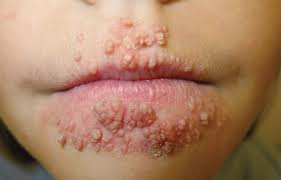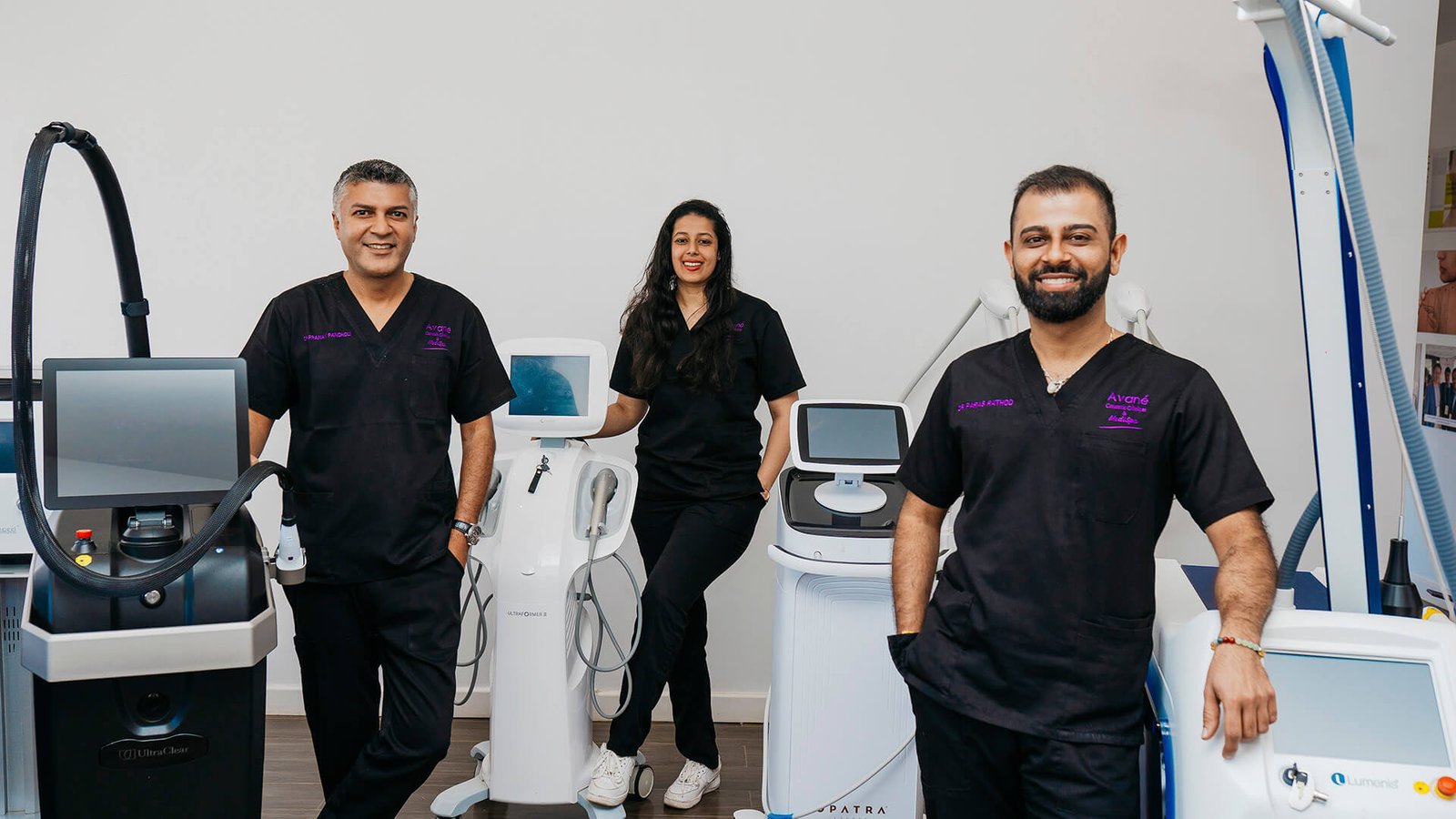The skin is often exposed to millions of objects and conditions, some of which are helpful and some of which are harmful. Our environment can directly affect the health of our skin. It is therefore no surprise that studies show that skin conditions are some of the most common diseases among humans. There are several different types of skin conditions, ranging from bacterial, fungal and even viral conditions. Unlike bacterial and fungal conditions, viral skin conditions are not as prevalent, though they do affect a huge population. One of the common virus-related skin conditions is warts.
Warts are skin growths that are caused by the human papillomavirus (HPV). It occurs when skin cells grow faster than normal because they are infected with HPV. There are about 150 strains of HPV. About 10 strains are known to cause cutaneous(skin) warts. There are other strains that cause anal and genital warts. Nonetheless, HPV is also known to cause other types of diseases such as cervical and other types of genital cancers. Warts are benign(noncancerous) bumps. They enter the skin usually through wounds and cuts and cause infections.
Warts are not generally dangerous. However, they can be uncomfortable, especially since they are itchy. They are also flaky and painful, which might make one feel distraught. Furthermore, warts are contagious. They can be spread from one person to another through physical contact. They usually access the skin through cuts or open wounds. However, one can also get infected with warts from being in contact with an infected surface even without a cut or wound. This might seem unnatural and it’s still not known how this happens.

Warts can affect anyone, irrespective of their age, gender or ethnicity. However, there are certain groups of people who are at a higher likelihood of getting infected with warts. Children are at the highest risk. This is because they are more likely to get cuts and wounds, such as when playing or scratches on their skin. In addition, people with autoimmune conditions or weakened immune systems are also at a higher risk of getting infected. Everyone interacts with the HPV virus every day, through handshakes, and contact with surfaces among other actions. This means we are all at risk of getting warts infections. Having undressed or open wounds and cuts further increases one’s chances of getting HPV into their body. Some types of warts, such as genital warts can be transmitted through sexual intercourse.
Types of warts.
There are three types of warts. Each appears on a separate area, caused by a distinct strain of the HPV virus and has distinct symptoms. These types are:
Common warts- They commonly grow on the back of fingers and toes, but they can grow anywhere on the body. They can have a rough, thick, grainy appearance and a rounded top, which make them a cauliflower-like appearance. Common warts are often greyer or lighter than the surrounding skin. They can also occur alone or in groups.

Plantar warts- They grow into the soles of feet. Unlike other types of warts, plantar warts grow into the skin, not out of it. They start as small holes in the skin, that are usually surrounded by hardened skin. Plantar warts are of two types:
- Myrmecial-type plantar warts- caused by HPV type 1. It is characterized by deep tender warts that grow inwards, and yellowish skin that appears callus-like. They may also have small black dots and are extremely painful.
- Mosaic-type plantar warts- Caused by HPV type 2. It’s characterized by clusters of warts appearing in a mosaic pattern. They are also less painful than Myrmecial type of plantar warts.

Flat warts- They are also called juvenile warts. They usually grow on the face, thighs or arms. They are caused by HPV types 3, 10 and 28. Flat warts are small, and not easily noticeable. They are characterized by flat tops, brownish or slightly yellow colour and often grow in large groups.

Diagnosing warts
An experienced dermatologist can diagnose warts just by looking at them. At Avané clinic, we have nothing less than highly trained and experienced medical personnel. We are the best dermatology clinic in East and central Africa. It is only right that we have the best medical experts in the field. The doctors will however examine warts, to try and identify the type and cause. In addition to the physical examination, the doctor will also conduct a biopsy test, to test if the warts are cancerous.
Treatment of warts.
Usually, warts go away on their own, maybe within a year or two. The watch-and-wait approach can therefore be effective, though it might take a long time. Additionally, the warts are uncomfortable, and unsightly and cause pain. You might hence want to have them treated as soon as possible for the aesthetical, physical and psychological implications they might have. Treatment also helps reduce the amount of the virus that is shed into nearby tissues. It also lowers the risk of possible recurrence of infections. There are several treatment options, which include:
- Cantharidin: It involves applying cantharidin on the wart. Cantharidin softens warts and causes a blister to form under them. After about 7 days, the wart is softened and the dermatologist can easily remove it.
- Cryotherapy: This is the most common form of treatment for warts in adults and older children. It involves freezing the areas affected by warts. This treatment is not too painful. It can cause dark spots in people who have dark skin. Cryotherapy is effective but often needs repeated treatments to increase its efficiency.
- Duct tape. It involves covering the wart with silver duct tape for about six days. It is then soaked in water. Furthermore, it involves gently removing dead tissue with a pumice stone or disposable emery board. The wart is then left exposed for about 12 hours, and then the process is repeated until the wart is gone.
- Electrosurgery and curettage: Electrosurgery (burning) is a good treatment for common warts, filiform warts, and foot warts. Curettage involves scraping off (curetting) the wart with a sharp knife or small, spoon-shaped tool. These two procedures often are used together. The dermatologist may remove the wart by scraping it off before or after electrosurgery.
- Excision: Involve a procedure where the doctor cuts out the wart (excision).
If the warts are hard-to-treat, the dermatologist may use one of the following treatments:
- Laser treatment: This involves shining a laser beam on warts to kill them or slow their growth. Laser treatment is used mainly for warts that have not responded to other therapies. Before laser treatment, the dermatologist may numb the wart with an anaesthetic injection (shot).
- Chemical peels: When flat warts appear, there are usually many warts. Because so many warts appear, dermatologists often prescribe “peeling” methods to treat these warts. This means you will apply the peeling medicine at home every day. Peeling medicines include salicylic acid (stronger than you can buy at the store), tretinoin, and glycolic acid.
- Bleomycin: The dermatologist may inject each wart with an anti-cancer medicine, bleomycin. The shots may hurt. They can have other side effects, such as nail loss if given in the fingers.
- Immunotherapy: This treatment uses the patient’s immune system to fight warts. This treatment is used when warts remain despite other treatments. One type of immunotherapy involves applying a chemical, such as diphencyprone (DCP), to warts. A mild allergic reaction occurs around the treated warts. This reaction may cause warts to go away.
Prognosis.
The effects of these treatments vary from one method to another. It also varies from one person to another. The treatments might manage to treat and eliminate warts, but there is no sure guarantee that warts will not reoccur again. Warts can reappear after treatment, at any point in time. They can reappear at the same location as before, or in a separate location. You must consult with your doctor on how to keep them at bay.
Prevention of warts.
Warts can be treated, but they can also be prevented. There are ways to prevent warts and keep them from spreading to other parts of the body. These measures include:
- Wash your hands regularly, especially if you’ve been in contact with someone with warts.
- Don’t pick at your warts.
- Cover warts with a bandage.
- Keep your hands and feet dry.
- Wear shower shoes (flip-flops) when in a locker room or communal bathing facility.
Take Away.
Warts may not be deadly, but that does not mean they are completely harmless. They cause pain, discomfort and trauma. Warts cause the appearance of unsightly overgrowth of skin cells, which affects one’s self-esteem and confidence, especially in a social set-up. Furthermore, they are contagious and can easily be passed from one person to another. It is therefore important that warts be managed effectively and early. For patients seeking warts treatment, Avané clinic in Nairobi, Kenya offers what is perhaps the best warts treatment in the region. We have the best doctors, the latest technologies and an amazing staff that are all committed to helping you. Visit us at the Yaya centre for consultation and treatment, or contact us to book your appointment.




